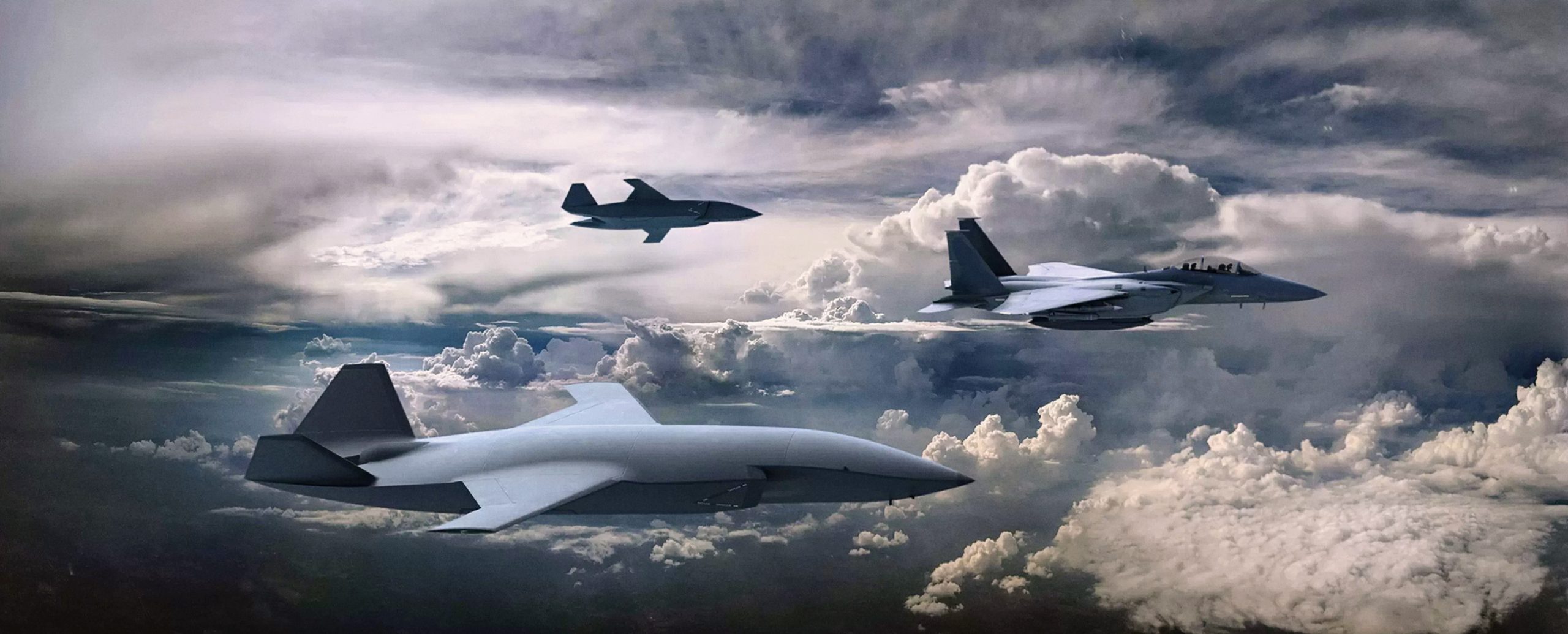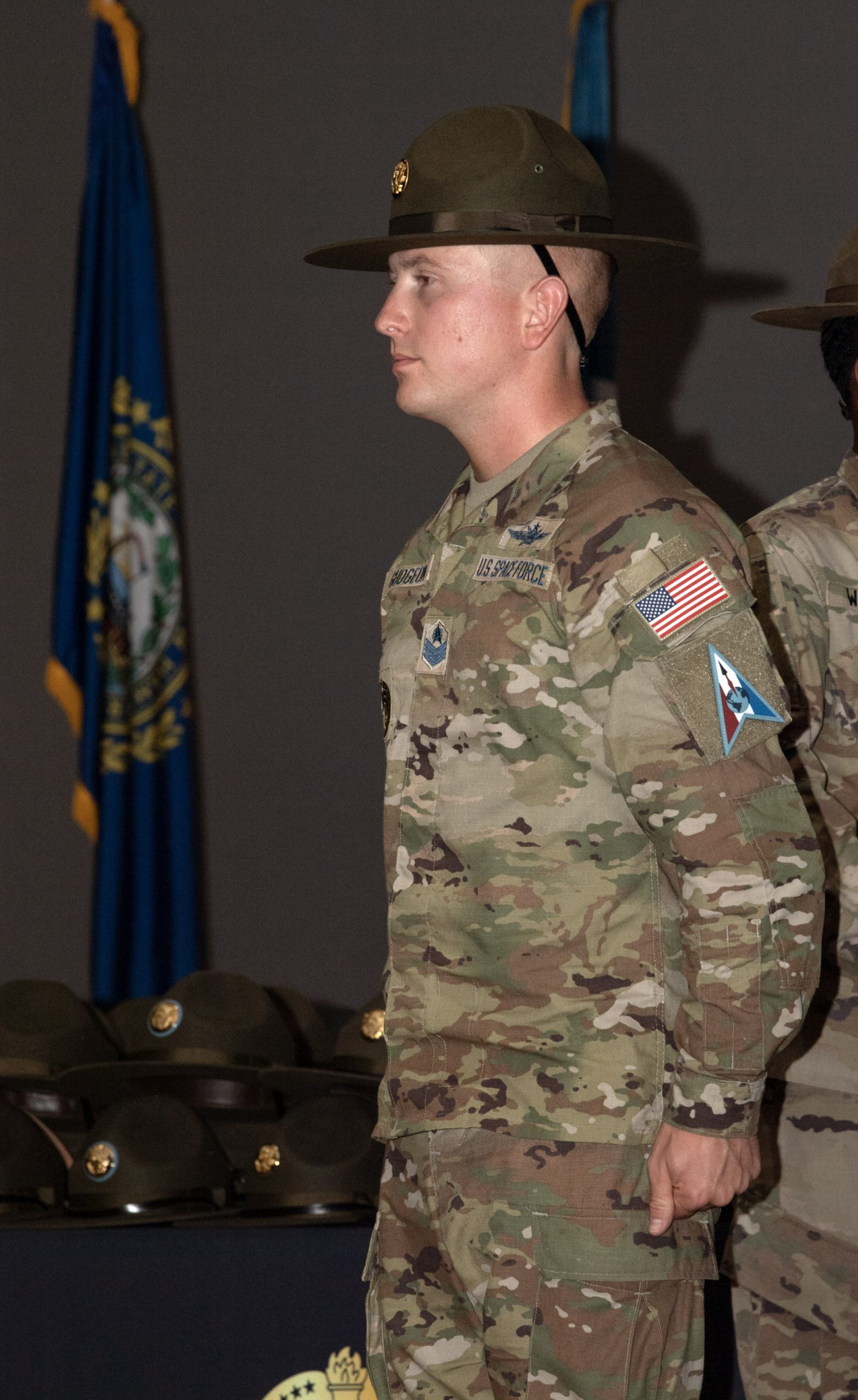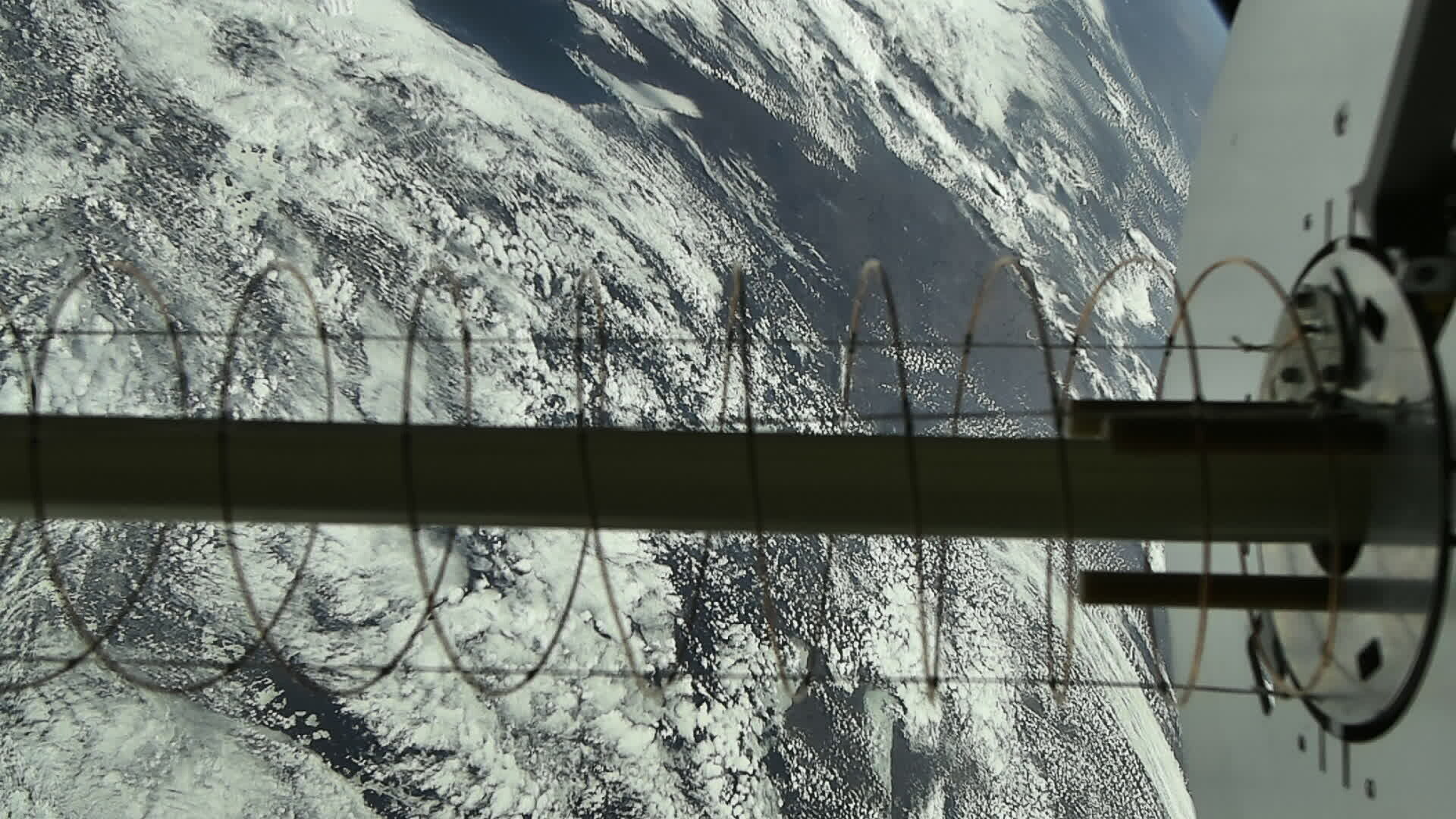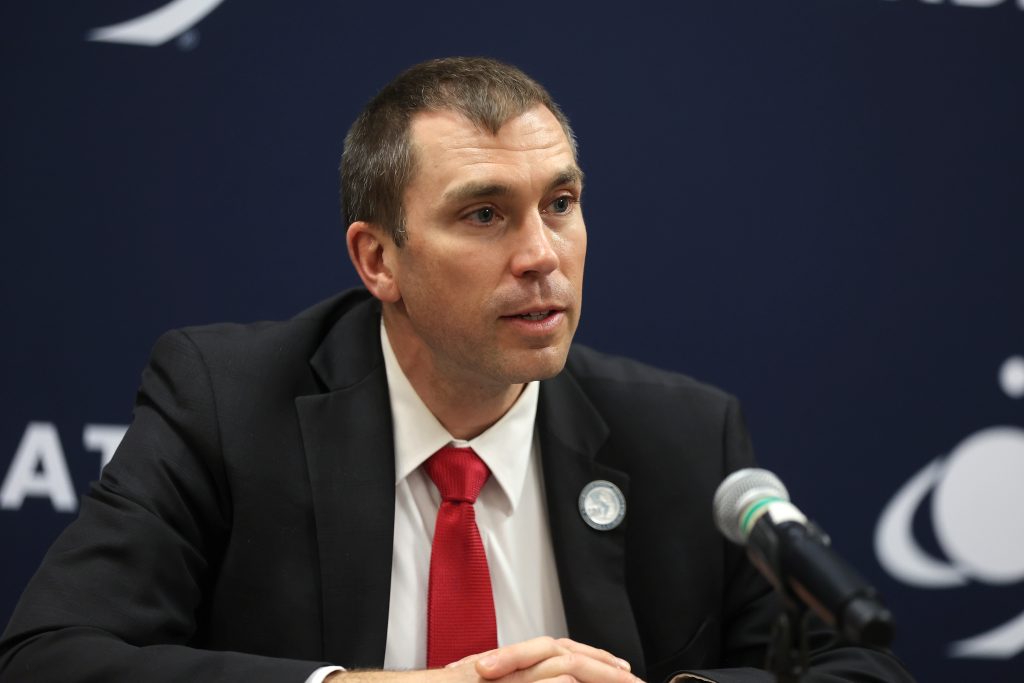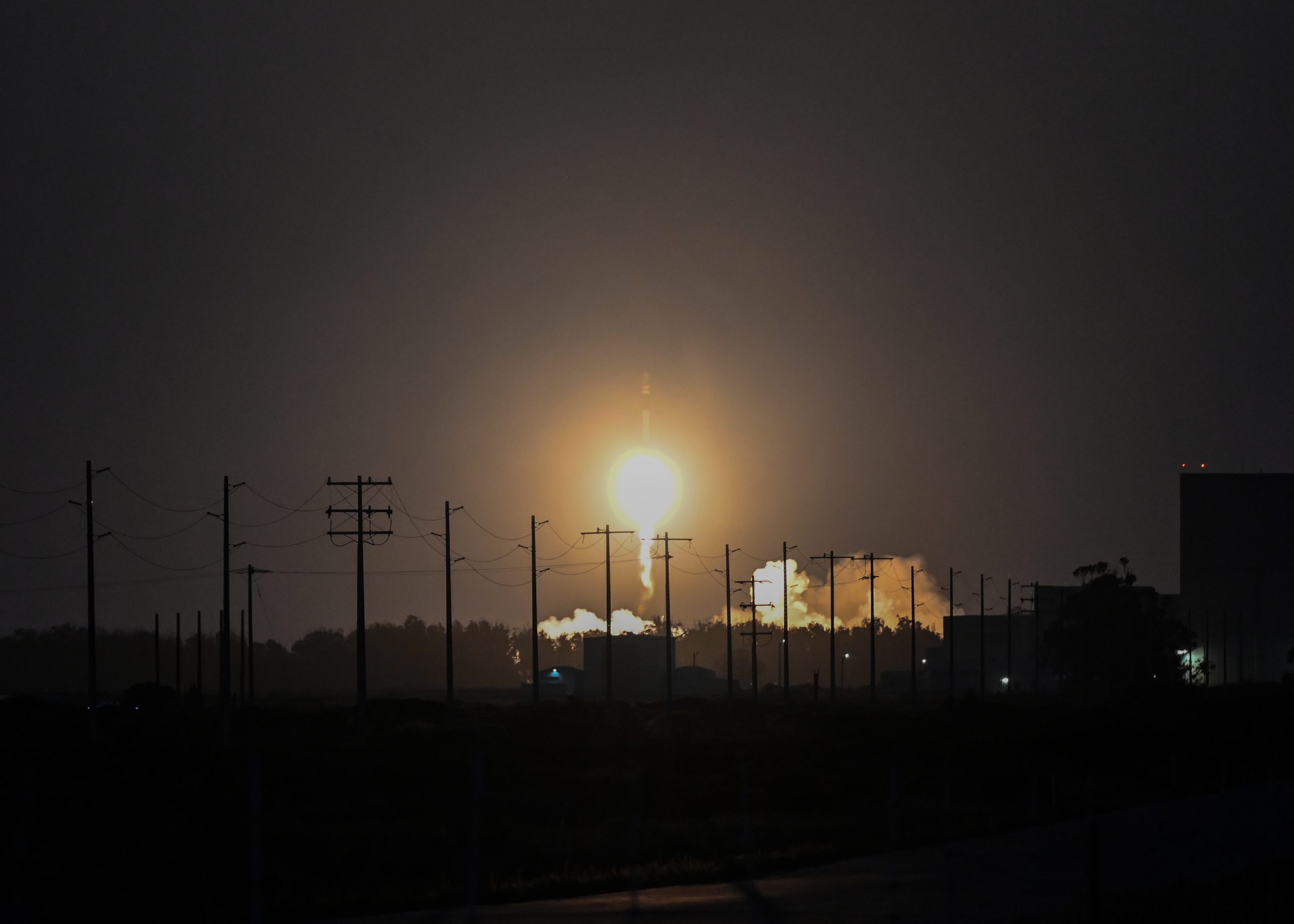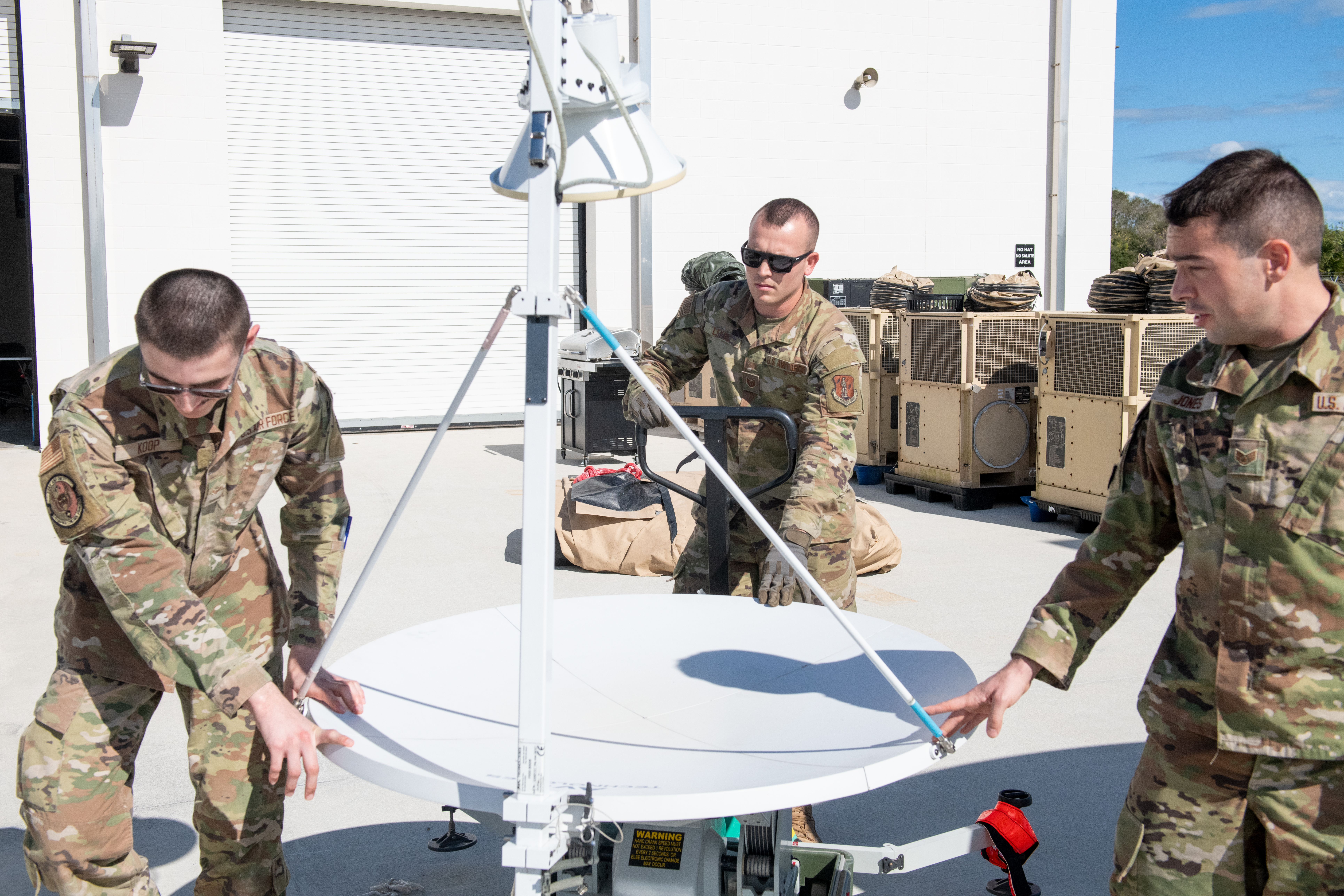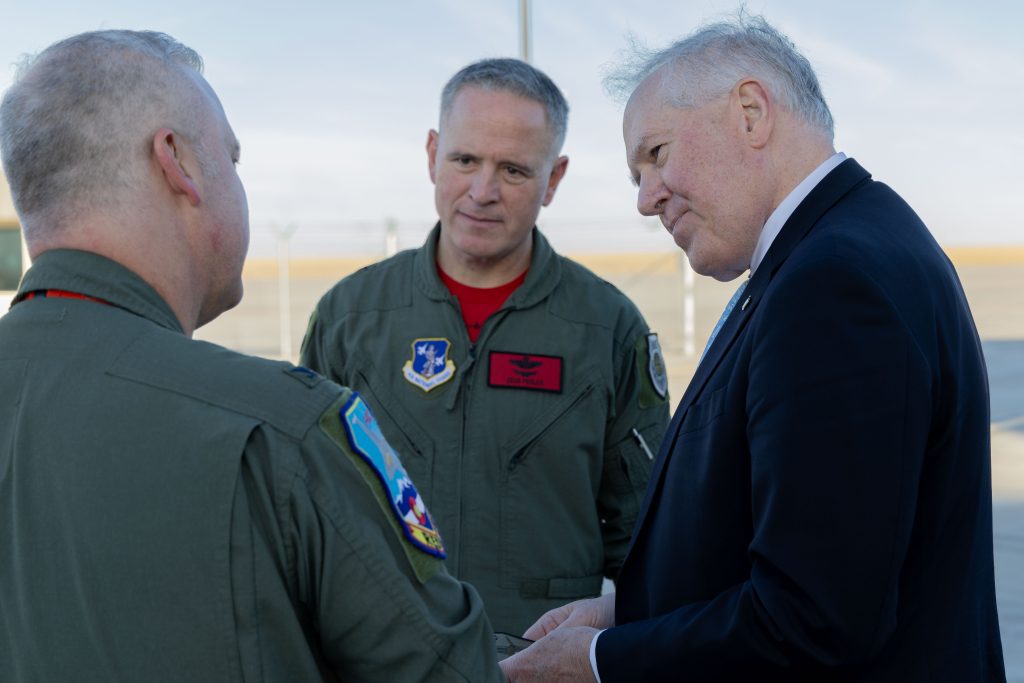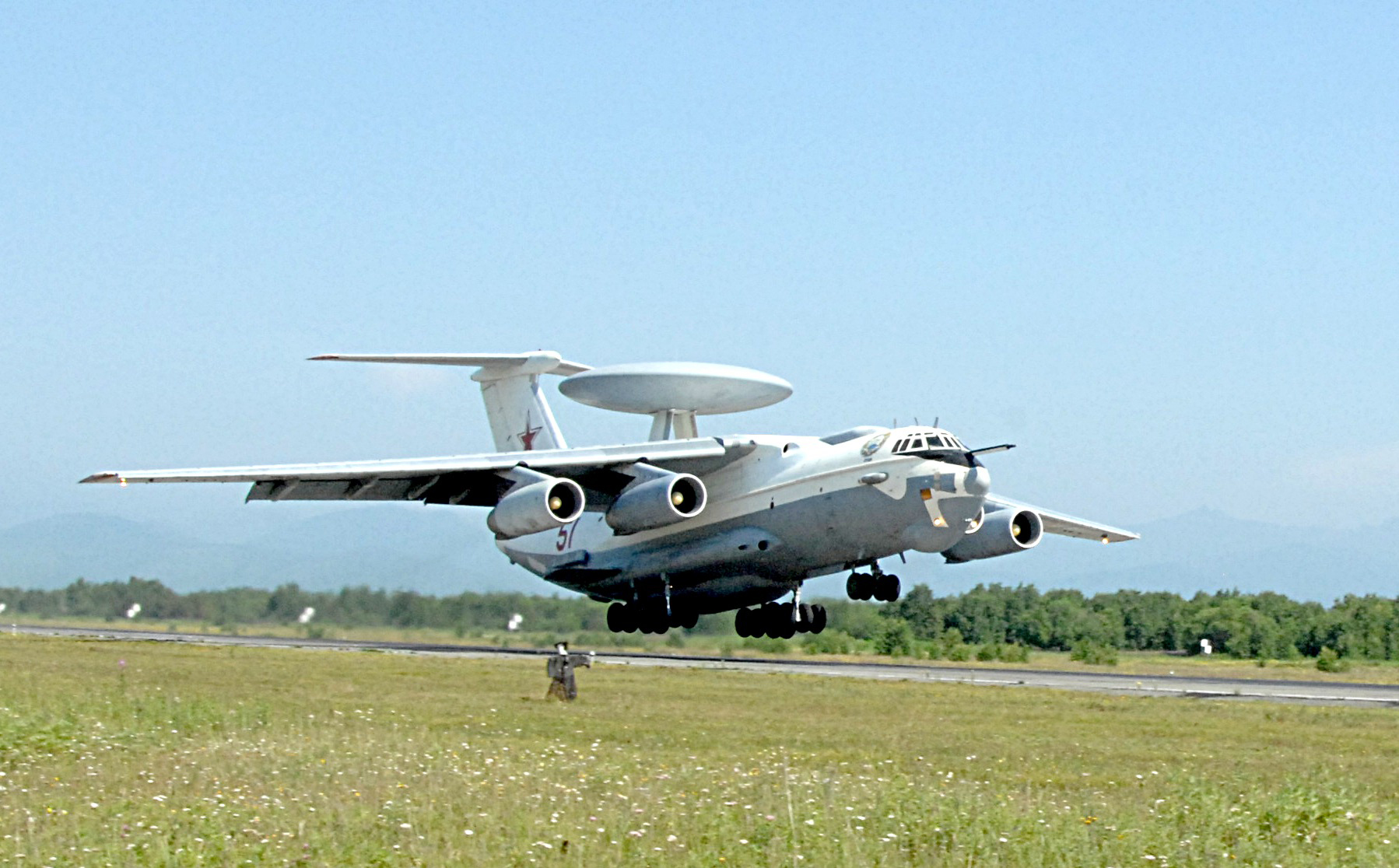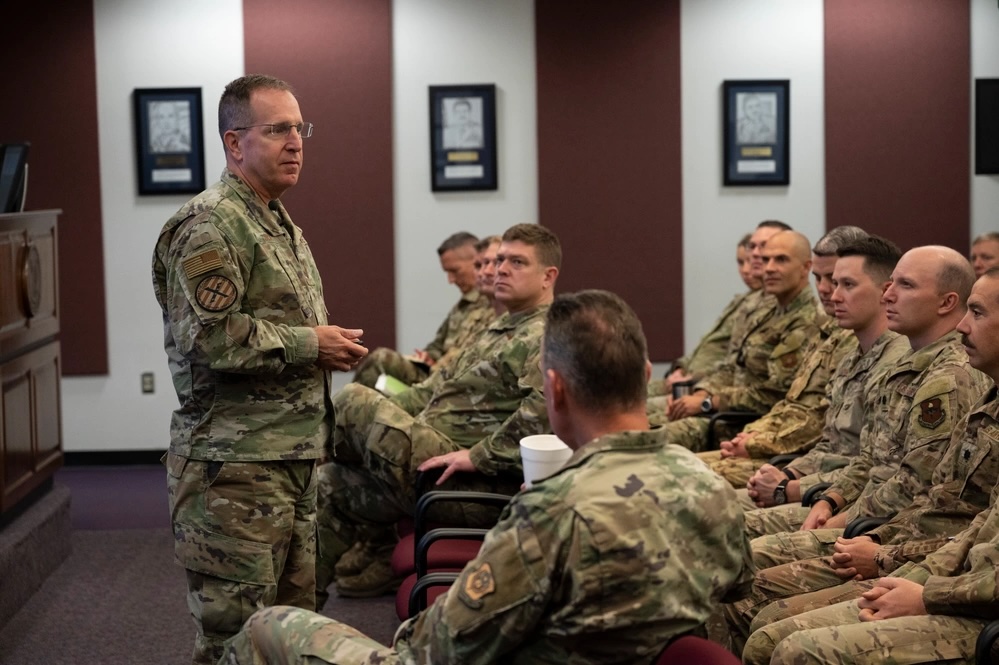The Air Force will award more contracts for Collaborative Combat Aircraft in the coming months and is committed to fielding the autonomous unmanned jets within the next few years. But how that will impact Airmen’s job remains to be seen, the head of Air Force Futures said April 12.
Speaking at a Mitchell Institute for Aerospace Studies event, Lt. Gen. David A. Harris said the manpower matters raised by CCAs are still a work-in-progress.
“We tend to focus a lot on the materiel piece of this, but there is so much more baked into the doctrine, the TTPs, the manpower piece of CCAs,” Harris said. “All those things have to be thought through. … We still want to get quantities out to the field, but we want to get them out and using them the right way and learn from them and then be able to start integrating properly.”
The Air Force plans to spend billions of dollars developing CCAs, which complement manned fighters and fly alongside them, providing “affordable mass” compared to adding manned aircraft and doing so at lower risk of lives lost. But even uncrewed, autonomous aircraft require people to maintain, launch, and recover them, and those people will need to be trained and equipped to do their jobs.
“There could be different [Air Force Specialty Codes] that we need to be able to pull,” Harris said. “How do you pull data off of an unmanned platform in a real-time fashion? So you’re part data analyst, you’re part intel, but you’re also part mechanic. Or part intel officer, part pilot. So all of these things are being fused together, because I think there will be a convergence of AFSCs that may end up happening to be able to effectively employ these CCAs.”
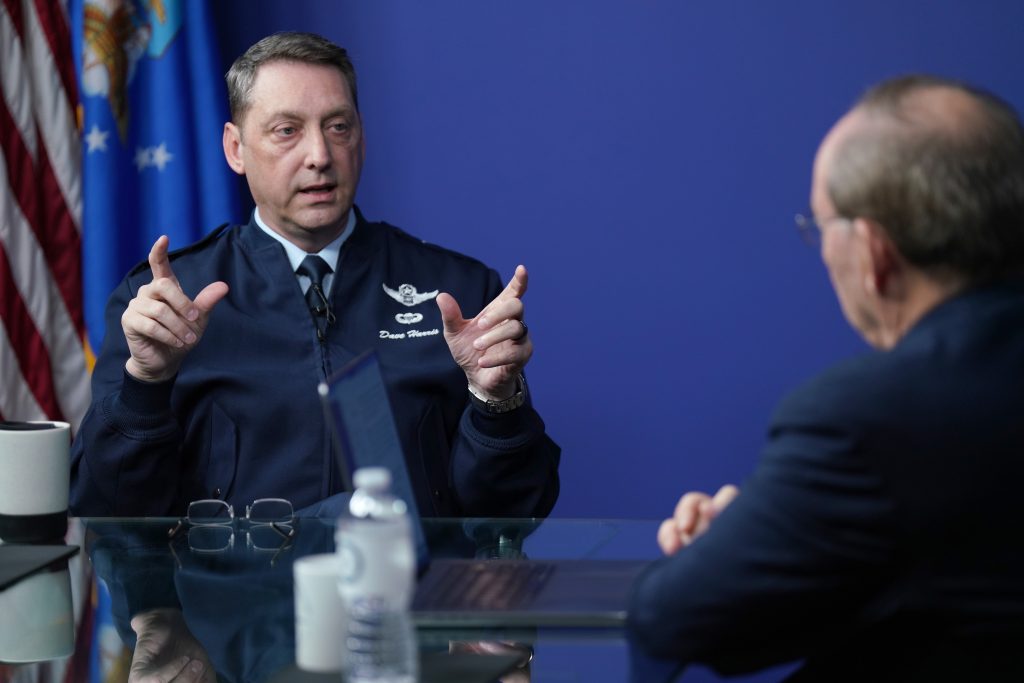
Recalling a recent visit to the Air Force-MIT artificial intelligence accelerator, Harris noted that questions as basic as how much autonomy a CCA drone will have in relation to the pilot it’s flying with is still being worked out.
“There’s an interesting connection here between humans operating aircraft, and then just being fully autonomous. There’s a piece in the middle with the human-machine teaming piece of this,” Harris said. “As the pilot begins to fatigue after a long flight, can we recognize this and then have that [CCA] platform go more into an autonomous mode?’ Versus, ‘Hey, the pilot’s at peak performance and now I can probably control maneuver these a bit more.’ That intersection is an area that’s being explored.”
Air Force Secretary Frank Kendall will get some hands-on experience with that autonomy when he flies on an autonomously piloted F-16 this year, but that exploration is likely to continue even after the first “increment” of CCAs is deployed sometime in 2028.
“I think the wrong way to incorporate them is put what we think is a final end-state product out to the user, for them to just say, ‘OK, now take this and adapt it into your TTPs,’” Harris said. “I think the way that this is going to have to end up evolving is, we get something on the ramp and we allow the operator to start working with this to understand what the left and right limits are, and then begin to balance what we want that Collaborative Combat Aircraft to do.”
Harris’ approach is one that former Air Combat Command boss Gen. Mark D. Kelly first advocated in September 2022, when CCAs were developing as a concept. At the time, he said, there was an internal debate within the Air Force: “Are we going to swing for the fence and have these things almost operational in a short amount of time, or are we going to kind of get some singles and folks on base and try to iterate our way there?”
